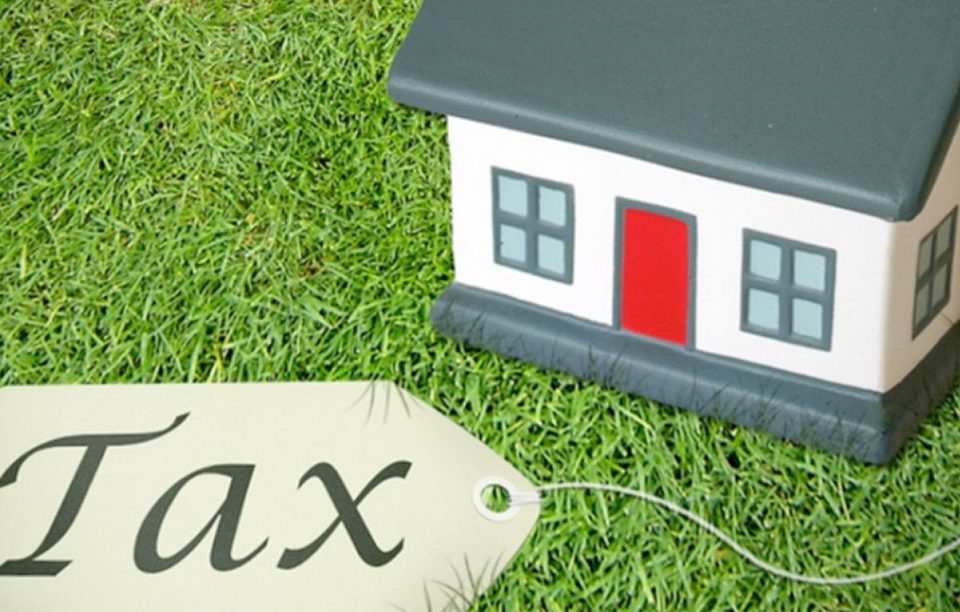
Crucial Guidelines in Online Tax Liens Purchasing
April 21, 2018
Grab the Opportunity in Tax Lien Certificate Investing
April 25, 2018The question of whether flipping or buying and holding is the best real estate investment strategy does not have one correct answer. Rather, the decision to choose one method over another should be part of an explicit strategic plan that takes the investor’s overall investment goals, as well as the opportunities presented by the existing market, into account. Read on to find out which investment strategy will edge out the others in your situation.
Why Invest in Real Estate?
Residential real estate ownership is gaining ever-increasing interest from retail investors for many of the following reasons:
- Real estate provides more predictable returns than stocks and bonds.
- Real estate provides an inflation hedge because rental rates and investment cash flow usually rise by at least as much as the inflation rate.
- Real estate provides an excellent place for capital in times when investors are unsure of prospects in the stock and bond markets or when investors expect long-term returns in equities, debt instruments and other assets to be inadequate.
- The equity created in a real estate investment provides an excellent base for financing other investment opportunities. Instead of borrowing to get the capital to invest (i.e., buying stocks on margin), investors can borrow against their equity to finance other projects. The relative ease in borrowing against a real estate investment, combined with the deductibility of the mortgage interest, makes this option a less-expensive method for financing other opportunities for investors who are comfortable taking on the additional financial risk.
- In addition to providing cash flow for owners, residential real estate can also be used as a home or for some other purpose (obviously, not at the same time).
The Influence of Market Factors
To outline the implications of the flip or hold decision, one must understand the issues inherent to each of the strategies. Compared to stocks and bonds, real estate is a relatively inefficient market, characterized by low transaction volume and property and market data that often is not very transparent. The difficulty of finding real estate opportunities, in combination with the illiquidity of the market, make real estate transactions more difficult and costly to execute than stock and bond trades.
On the plus side, fluctuations in real estate values occur more slowly, too. Residential real estate is valued by the appraisal method and not by continual trading, which results in investment returns that are more predictable and less volatile than stock and bond returns. Because demand for real estate is affected by long-term economic trends, such as growth in the local population, jobs, and the general economy, real estate has extended periods of high and low values and transaction volumes. Real estate markets in a long upward trend are characterized by increased demand and periods where investors “make hay while the sun shines,” while down markets tend to show limited trades, with investors taking paper losses until the market revives and they can once again realize gains.
To demonstrate the relatively high cost of real estate investments on overall investment strategies, compare the difference between a $200,000 investment in equities and an equal investment in property. When taking a large equity exposure, an investor can immediately sell a portion of the investment for a gain and hold the balance to dollar-cost average, wait for future potential gains, or take a long-term position in that industry or company. A $200,000 dollar position in property could be anything from one single-family home to a couple of small properties.
With the exception of securitized real estate investments, such as real estate investment trusts (REITs), one problem with residential property is that it is not easily subdivided. With other types of investments, such as stocks, if an investor is uncomfortable with a certain exposure, he or she can “lay off” the exposure with derivatives or by selling a portion of the investment. With real estate, if an investor has sole ownership, the only real way to reduce exposure is to sell partnership interests in the property, which can lead to control, legal and management issues.
The Pros and Cons of Flipping
The most apparent advantage to flipping property investments is the ability to immediately realize gains and to have capital tied up for the least amount of time possible. Also, unlike the stock market, which can turn in the middle of a day, real estate markets are more easily predicted and can produce extended time periods that compensate investors for flipping properties. In this sense, flipping properties could be considered a safer investment strategy because it is intended to keep capital at risk for a minimal amount of time and because it lacks the management and leasing risks inherent in holding real estate.
There are two major types of properties that can be used in a buy/sell approach to real estate investing. The first is houses or apartments that can be purchased below current market value because they are in financial distress. The second is the fixer-upper, a property with structural or design issues, or condition issues, that can be overcome to create value.
Investors that focus on distressed properties do so by identifying homeowners who can no longer manage or sustain their properties or by finding properties that are overleveraged and are at risk of going into default. Those who prefer fixers, on the other hand, will remodel or enhance a property so that it works better for homeowners or is more efficient for apartment tenants. Using this tactic, the buyer of a fixer is relying on investing capital to increase values as opposed to just buying property for a low basis in order to create high investment returns. Of course, it is also possible to combine these two strategies when flipping properties, and many investors do just that.
However, flipping properties can create cost and tax issues that one doesn’t face with long-term investments. The expenses involved in flipping can demand a lot of money, leading to cash flow problems. Because transaction costs are very high on both the buy and sell side, they can significantly affect profits. The quick turnaround in properties (and speed is everything in successful flipping deals) can create swings in income that can boost tax bills – especially if things move too fast to take advantage of long-term capital gains tax rules.
Also, finding these opportunities can be difficult over a protracted, consistent period of time. For most investors, flipping properties should be considered more of a tactical strategy than a long-term investment plan.
The Pros and Cons of Holding
It is a well-known fact that buying and holding real estate is a recipe for amassing great wealth. Most “old money” in the U.S. and abroad was accumulated through land ownership. Despite periods of decreasing prices, land values have almost always rebounded in the long run because there is a limited supply of land.
However, long-term real estate ownership carries a myriad of management and legal issues that investors in stocks and bonds never have to contend with. Real estate ownership is a management-intensive endeavor that is outside the skill set of many investors.
Equity investors have to have the skills to analyze a particular market, a particular company and management’s ability to execute its business strategies. A long-term real estate investor needs the same skills but has the added responsibility of creating and executing those business strategies for his or her properties.
Many investors, especially first-time rental property owners, are ill-prepared or ill-equipped to deal with the responsibilities that come with being a landlord. The process of finding quality tenants and servicing their needs, along with handling the maintenance and upkeep of the property, can be a stressful and time-intensive undertaking, but successful property management is necessary for ensuring ongoing cash flows from one’s investment.
The risks inherent in long-term real estate ownership are great, but if mitigated, the investor is well compensated for assuming them. Most of these risks, which include the transactional risks of purchasing and selling properties, risks to the well-being of the property and the risks of finding and servicing tenants are considered unsystematic risks, or investment risks that can be diversified away if an appropriate number of investments are purchased in a well-crafted portfolio. The problem for most investors is that real estate is so capital-intensive that the amount needed to purchase enough property to mitigate these risks is outside of their means, or abilities.
Choosing a Strategy
In order to decide whether flipping properties or holding them long-term is the most appropriate strategy, one needs to answer a few critical questions. An investor must decide whether the capital allocation is a permanent or a transient one and whether it is a core part of an overall investment strategy or a means to enhance returns. One also needs to determine what risk and return ratio is appropriate for this portion of their investment portfolios and whether the investor has the appropriate tolerance and skill to take on the management responsibilities that go along with either type of investment.
If the capital is not available to purchase a diversified portfolio, a prospective investor must be prepared to take on unsystematic risk, including individual property risks and potential lack of demand for the property, whether by homeowners or renters. In deciding to take on a buy-and-sell strategy, an investor must also determine whether he or she has the skill to uncover distressed sale properties or fixer-uppers. In this transactional strategy, it is important to determine whether capital can be turned enough times within a given investment period to overcome the transaction costs on both the buy and sell side, including brokerage, financing, and closing fees.
The Bottom Line
Although the choice between the two strategies in question depends on one’s particular financial situation and investment goals, the long-term holding strategy is generally more appropriate for those using real estate as a core portion of their overall investment portfolios; flipping properties is more appropriate when real estate is used as an adjunct or a return-enhancement tactic.
Investors wishing to amass wealth and to derive income from their real estate investments should consider holding real estate for the long term, using the equity built into the portfolio to finance other investment opportunities, with the potential of eventually selling the properties in an up market. Flipping properties is a tactic that is best suited for periods when prospects in the stock and bond markets are low, or for investors wishing to realize short-term capital gains for as long as the present market will allow.



